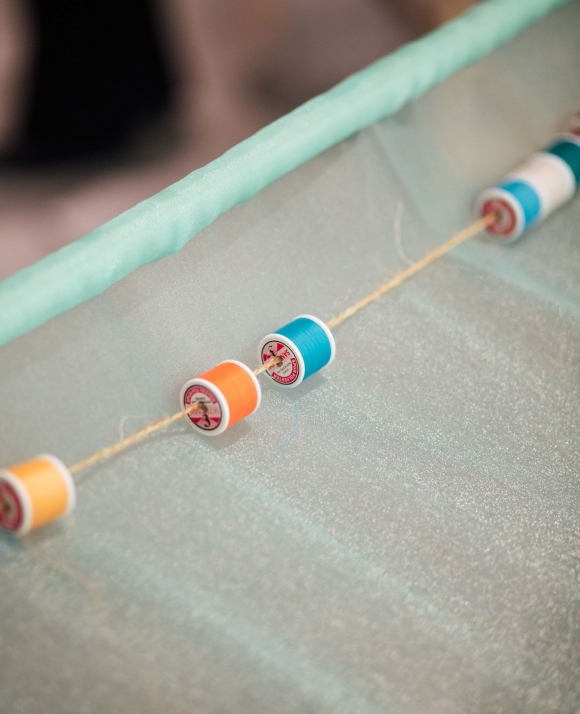The work of Flo Brooks spans painting, collage, drawing and sculpture. His works represent numerous thoughts, experiences and themes that are often autobiographical, referencing family, communities and coming-of-age.
Bringing together notions of cleanliness, normativity and morality by way of dramatised satirical fiction, the artist explores the ways the body is manipulated through the lens of hygiene.
YessSIR! Back off! Tell me who l am again?! and Butts Only (that's the sound that lonely makes), both 2018, were made on the occasion of the artist’s first solo exhibition at Project Native Informant, Scrubbers. The show consisted of five works that described a fictional commercial cleaning company working its way through a number of familiar institutional spaces – a public toilet, gym, a psychotherapy room – punctuated by coffee and cigarette breaks.
The spaces represented in the paintings are those Brooks traversed during his own hormone transition and mental health support, and describe particular hygienic acts he’s exercised in a bid to recover his ‘authentic’ gendered, material and psychic self. Checkered with uncertainty, they feel more like spaces of entrapment and desperation. People, objects, architecture and motifs are deliberately arranged in the works to convey a frantic tension.
Brooks uses irony to mock the fact that the hygienic practices and commodities promising us ever easier, clean, authentic, and better ways to be so often lead to economic hardship and poor mental health.
YessSIR! Back off! Tell me who l am again features in Kiss My Genders at Hayward Gallery this summer. This group exhibition celebrates more than 30 international artists whose work explores and engages with gender identity.
Kiss My Genders is at Hayward Gallery, Southbank Centre from 12 June until 8 September 2019.
